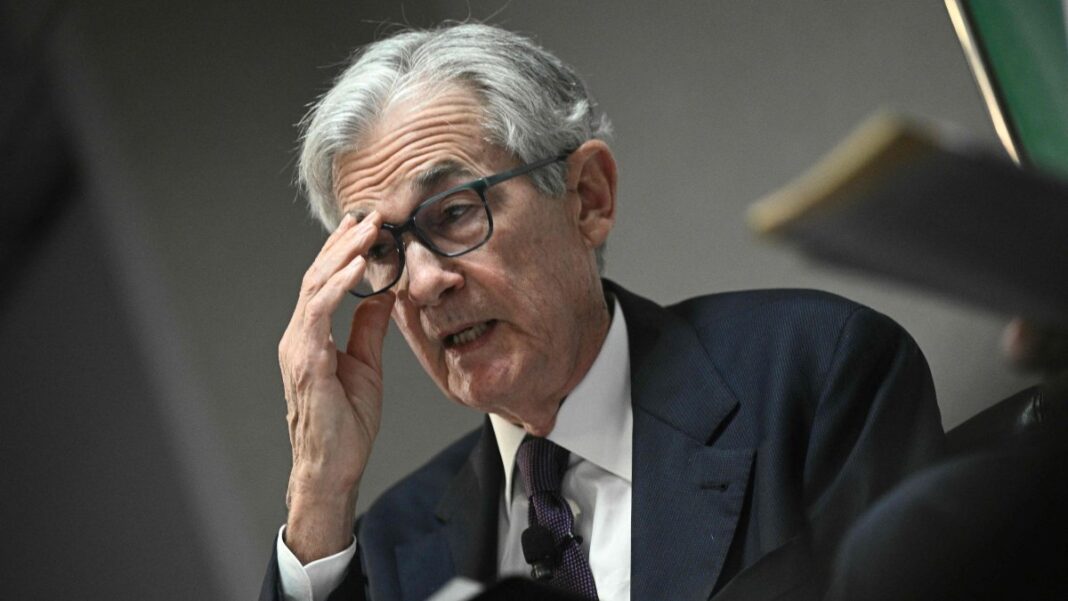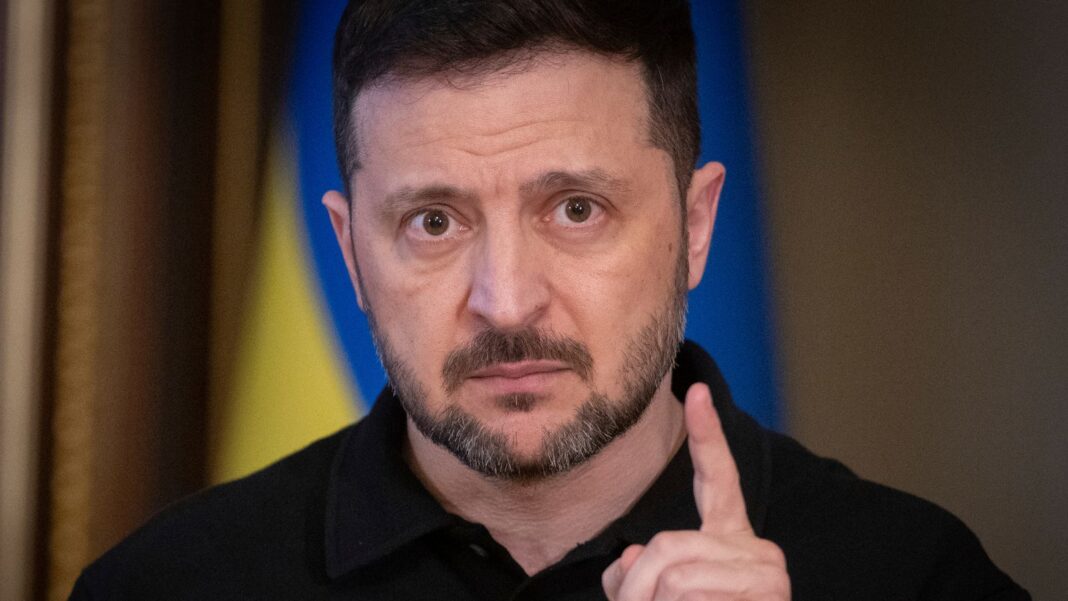U.S. President Donald Trump on Thursday once again reiterated his frustration that the Federal Reserve hasn’t aggressively cut interest rates, saying Fed Chair Jerome Powell’s termination “cannot come fast enough.”
It’s a sort of pressure that Powell just a day before had pledged to resist as the American central bank grapples with an outlook complicated by Trump’s own policies.
“Too Late should have lowered interest rates, like the (European Central Bank), long ago, but he should certainly lower them now,” Trump wrote on his Truth Social platform.
The ECB cut its key rate a quarter of a point on Thursday in response to a growth outlook that had “deteriorated owing to trade tensions” in the wake of Trump’s efforts to raise U.S. import taxes, while eurozone inflation is expected to continue falling.
In the U.S., Trump’s plans have also led to a lower growth outlook, with economists putting recession odds at 45%. But it has also raised the prospect of higher inflation that policymakers said they are guarding against.
“I don’t see any need to change the setting of the fed funds rate anytime soon…It’s really about collecting information, understanding better what’s happening in the economy during the rest of this year, understanding kind of how the uncertainty plays out,” New York Fed President John Williams said on Fox Business on Thursday.
“I think we have a period of higher inflation this year and a slower growth path for this year relative to last year. So that’s a combination you have to think carefully about.”
More broadly, International Monetary Fund (IMF) Managing Director Kristalina Georgieva said the global outlook was also weakening in the face of the Trump tariff onslaught, adding central banks like the Fed need to remain agile and credible.
Meanwhile, Politico, citing unnamed sources, on Thursday reported after Trump’s post that Treasury Secretary Scott Bessent has been cautioning White House officials against attempting to fire Powell, saying it would risk destabilizing financial markets.
“A sudden crystallization of the threat to Fed independence would both intensify market stress and shift it in more of a stagflationary direction with a sharp increase in tail risk,” Evercore ISI Vice Chair Krishna Guha said in a note.
High stakes
The Fed’s benchmark interest rate is currently 4.25%-4.50%, where it has been since December following several rate cuts late last year.
Trump’s comments come a day after Powell said at an event at the Economic Club of Chicago that the Fed’s “independence is very widely understood and supported in Washington and in Congress where it really matters,” drawing applause from the high-level group of business executives for a pledge to set interest rates independent of political pressure or partisan considerations.
Trump has at times threatened to try to fire Powell, as he is attempting to do with members of other independent policy bodies in a move currently before the U.S. Supreme Court.
Powell said the Fed is watching the case carefully but does not think any decision will apply to the central bank, whose credibility in managing monetary policy is considered important not just to the U.S. economy, but in global markets tuned to Fed decisions.
“The stakes are so high we think the Court will likely find a way to avoid creating a precedent that threatens the Fed,” Evercore ISI’s Guha said.
Powell’s term as chair expires in May 2026, regardless. It was unclear from Trump’s language whether he is resigned to waiting that time out, or hoping for a Supreme Court decision that lets him remove Powell sooner.
Trump in his post said Powell was “always too late and wrong,” and critiqued the speech Powell made on Wednesday, calling it “another, and typical, complete mess!”
Powell on Wednesday warned Trump’s tariff policies risked pushing inflation and employment further from the central bank’s goals, which it manages jointly under a mandate from Congress.
The Fed was “well positioned to wait for greater clarity,” Powell said, indicating the Fed was not prepared to move policy in any direction or at any pace until Trump’s tariff plans – rolled out in dramatic announcements but often delayed and still unclear in key respects – are finalized and the impact on the economy more obvious.
Fed officials are now referring to Trump’s tariff rollout as an economic “shock” of a sort with no clear historical parallel.
Some Fed policymakers fear the impact on jobs could come fast, and have said they would be prepared for swift cuts in that case. Others are concerned Trump’s policies and erratic handling of the issue could cut inflation expectations loose and force higher interest rates.
That dilemma, of an economy potentially pulled away from both of the central bank’s goals, is what is now distinguishing the Fed from its major overseas counterparts.
The Fed did act in tandem with other central banks last year as inflation eased globally and it lowered the U.S. benchmark policy rate a full percentage point at three successive meetings.
But progress on returning inflation to the Fed’s 2% target stalled through the fall, prompting policymakers to pause further cuts until it was clear price pressures would begin easing again, a finding confounded since Trump’s Jan. 20 inauguration and the policy shifts that followed.






